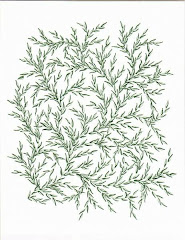
September was Sickle Cell Disease Awareness month but what is Sickle Cell? Sickle Cell is an inherited blood disorder that affects primarily those of African decent but do not be fooled, it also affects those of Mediterranean, Greek, Italian, Arab and Hispanic descent. This disease was first documented in medical literature by James B. Herrick in 1910, so this year is the 100th year of its discovery. The disease is said to be a mutation that protected those in Africa from malaria but the gene mutated too much and caused sickle cell disease. If a person has sickle cell trait, they are immune to malaria but they can have crisis (a painful event) if they become dehydrated or overexerted. A person with sickle cell disease can have a crisis if they are dehydrated, overexerted, or are exposed to extreme changes in temperature and altitude changes.
Sickle Cell gets its name from the sickle shaped blood that flows through the sufferers veins versus normal doughnut shaped blood. Due to the shape of these blood cells, they do not carry enough oxygen to the sufferer’s organs and can clot any vein in the body. Pain is the main problem that affects those with sickle cell. Dr. Wally R. Smith of the Medical College of Virginia conducted a PiSCES study which proved that pain is experienced almost daily by those with this disease. Unfortunately, delayed growth, jaundice, stroke, gall stones and fatigue are just a few of the other problems that affect those with sickle cell.
If you are looking for more information on this disease, please reference the website www.scinfo.org.
Submitted by: Rona S. Brown, MSW
(Sickle Cell Patient)




